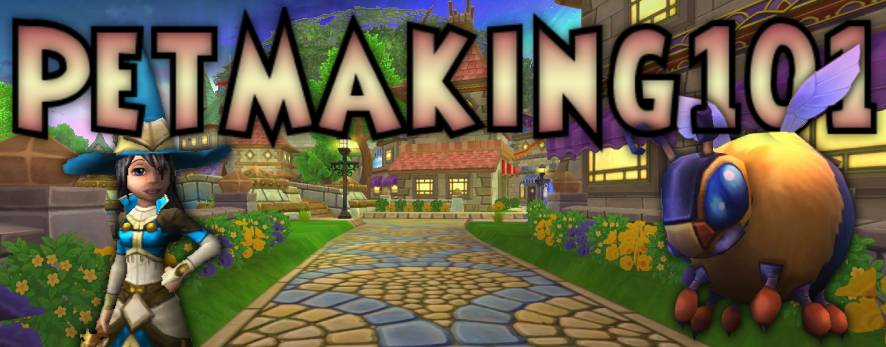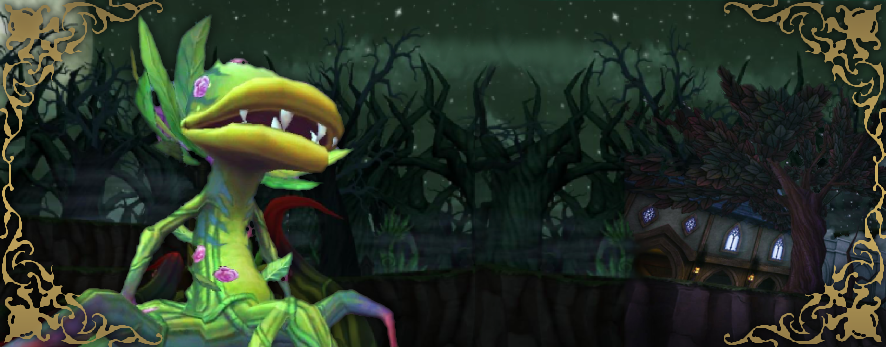Tag: heal
-

Petmaking 101
•
Where to Start The first step of the hatching process is to determine what your end goal is. If you don’t have specific talents in mind, it will be hard to know when you have finally trained your dream pet. If this is your first pet, I recommend going for…
